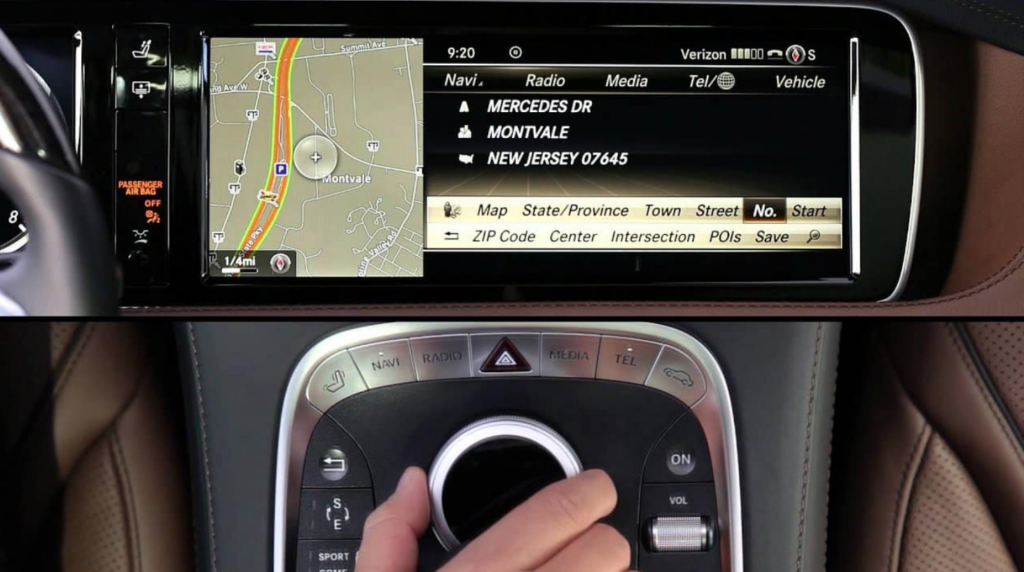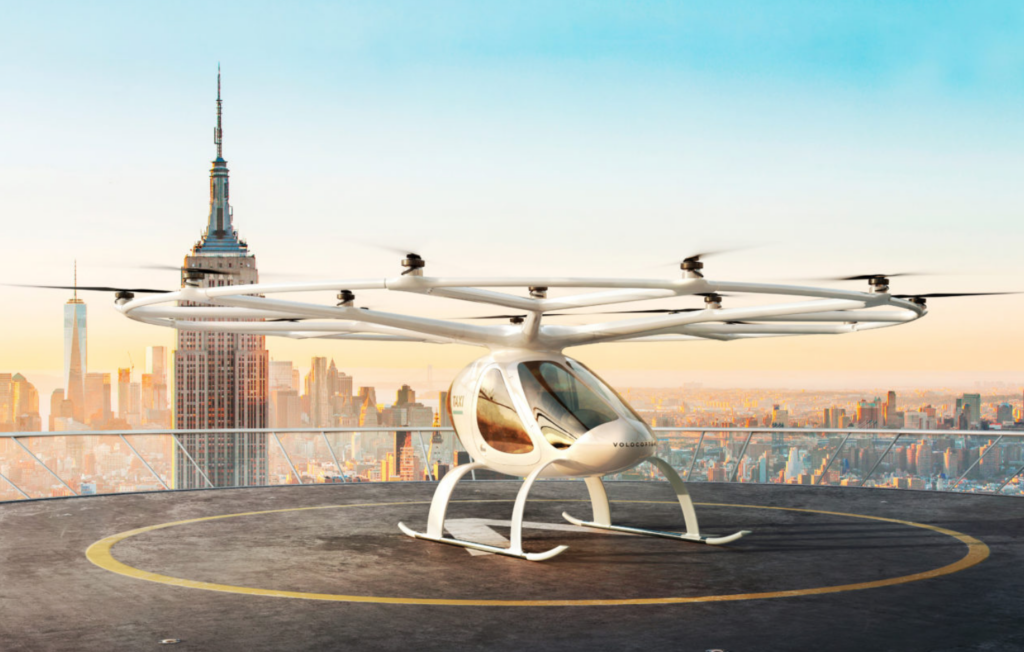Mercedes Benz: A Race of Data and Machine Learning

Mercedes Benz has to rely on data more and more. With autonomous driving, increased adoption of electric vehicles, innovative control technologies and new Infotainment systems there is more than one area which is based on big data for the company.
One field which is becoming more important with current trends and the drive for differentiation is the car Infotainment system. As connectivity increases not only between the users and cars, but also in the whole network with 5G on the rise the demand for innovative Infotainment is a key factor. Driving is the most common form of transportation for Americans, and this number has been increasing for years (Source 1). As people spend greater time in their cars, the Infotainment user experience becomes more critical. Infotainment has become an increasingly important purchase criteria, with 37% of survey respondents noting they would switch brands if they could improve autonomous driving, connectivity, electrification, and shared mobility. (Source 2)
Development over time
By looking at their infotainment system from a new perspective, Mercedes Benz is capturing value from these processes and gaining a competitive edge. Mercedes Benz introduced the Mercedes-Benz User Experience (MBUX) in 2019 as a new generation of in-car infotainment. The company eagerly replaced its previous “COMAND” system, offering features like natural language processing, OTA updates, and a software system that would exceed competitors like Tesla. To do so, it came with advanced features like Augmented Reality route guidance.


Data-driven Infotainment
The Infotainment system creates value for the company in different ways, one of the most important ones is connected to brand recognition. Tesla seems to be on the forefront of Infotainment competition from the users perspective. Why – Tesla keeps positioning itself as a Technology company. Mercedes-Benz on the other hand had to change strategy to align with the trends and the new technology focus. Indirect network effects can play an important role in this area. With more users, the system can gain more access to data, which will help to improve and develop new features for the system, which can then attract new users and improve existing user experience. Especially with the rise of autonomous driving this field is important for Mercedes Benz to stay in competition on the street in the future. These changes are based on the premise that the relationship drivers have with their cars will change in the upcoming years. If we build trust in the technology system, users soon might use driving time to hold meetings or to enjoy quality time.
A Race? – A sensor Game
Mercedes teams won 51 of 59 car races between 2014 and 2016. (Source 3) To compete on the race track the company uses sensors which collect data from the actual race cars. This data is then screened and used in simulations. This will give information about the most efficient adjustments and conditions needed. The results are quick adjustments to the race strategy using Big Data and Machine Learning. This focus on technology makes it possible for the company to drive wins, which has a positive impact on their brand.
All about cars! – What about Drones?

Challenges and Opportunities
Moving forward Mercedes Benz still has a lot of challenges ahead. The slow transition from a car company to a company with a focus on data, technology and innovation has taken a toll on several areas. The quality of Infotainment, including differentiation, user experience and user friendliness needs to move to the core of car development. Gaining data insights on the street off the racetrack to set the stage for autonomous driving is a key factor. Data Security on the other hand can become a key concern. As can regulations for innovations like Volocopter.
With these many areas of technology innovation using Big Data and Machine Learning for the company, they have different fields to exploit opportunities. This diverse set offers them recognition and adoption of users. To stay true to the companies claim, “The best or nothing”, a focus on the most promising areas might increase their chances for customer loyalty. Leadership and employees need to adjust strategy and focus to keep the speed and win the race with Big Data and Machine Learning at Mercedes Benz.
Sources:
Source 1: Woon Kim et al., “American Driving Survey 2014 – 2017,” Washington, D.C.: AAA Foundation for Traffic Safety, Feb, 2019, https://aaafoundation.org/american-driving-survey-2014-2017/.
Source 2: Michele Bertoncello et al., “Unlocking the full life-cycle value from connected car data,” McKinsey, Feb 11, 2021, https://www.mckinsey.com/industries/automotive-and- assembly/our-insights/unlocking-the-full-life-cycle-value-from-connected-car-data.
Source 3: Marr Bernard, “How Mercedes is preparing for the 4th Industrial Revolution,” Forbes, Nov, 2017, https://www.forbes.com/sites/bernardmarr/2017/11/14/how-mercedes-is-preparing-for-the-4th-industrial-revolution-big-data-machine-learning-and-drones/?sh=665c414b6d22.
Source 4: Garret-Glaser Brian, “Automakers Geely, Daimler invest in Volocopter for piece of future transit pie,” Aviation Today, Sep, 2019, https://www.aviationtoday.com/2019/09/12/automakers-geely-daimler-invest-volocopter-piece-future-transit-pie/.



Hi Kate,
Thank you for your post, super interesting.
I agree that traditional automakers are behind the curve on changing customers’ expectations for automobiles: infotainment and software being key examples. As you say, Mercedes must make these features a core element of their cars development and leverage data analytics if they want to compete with Tesla and provide best-in-class customer experience.
The issue with automobile OEMs is that for a long time they’ve outsourced development of software, chips and other major components to tier-1 suppliers as these capabilities were seen as “non-core”. The automotive supply chain became modularized and cars didn’t change much year over year (they were “good enough”) and operating margins continued to decline. But now with the rise of EVs and autonomous driving, automobile architecture and consumer expectations are changing significantly and autos are becoming de-commoditized. I believe that if traditional OEMs want to compete with Tesla they must become more integrated and build best-in-class software and data-analytics capabilities internally, as these capabilities will become increasingly important for differentiation in the industry.
– Carlos Ludowieg
Hi Kate,
Thank you for writing this post on Mercedes-Benz! It was fascinating to read — especially for the ardent automobile fan in me!
I agree how tomorrow’s vehicles will be increasingly competing over use of data and traditional vehicles must make these data-driven features central to their design to compete with Teslas of tomorrow.
One thought I had about the volocopter concept floated towards the end, is whether it may be possible borrow knowledge and insights from tons of data available from car dynamics and car users to give volocopters a warm start or do you think it is a whole new ballgame?
— Aditya Mate